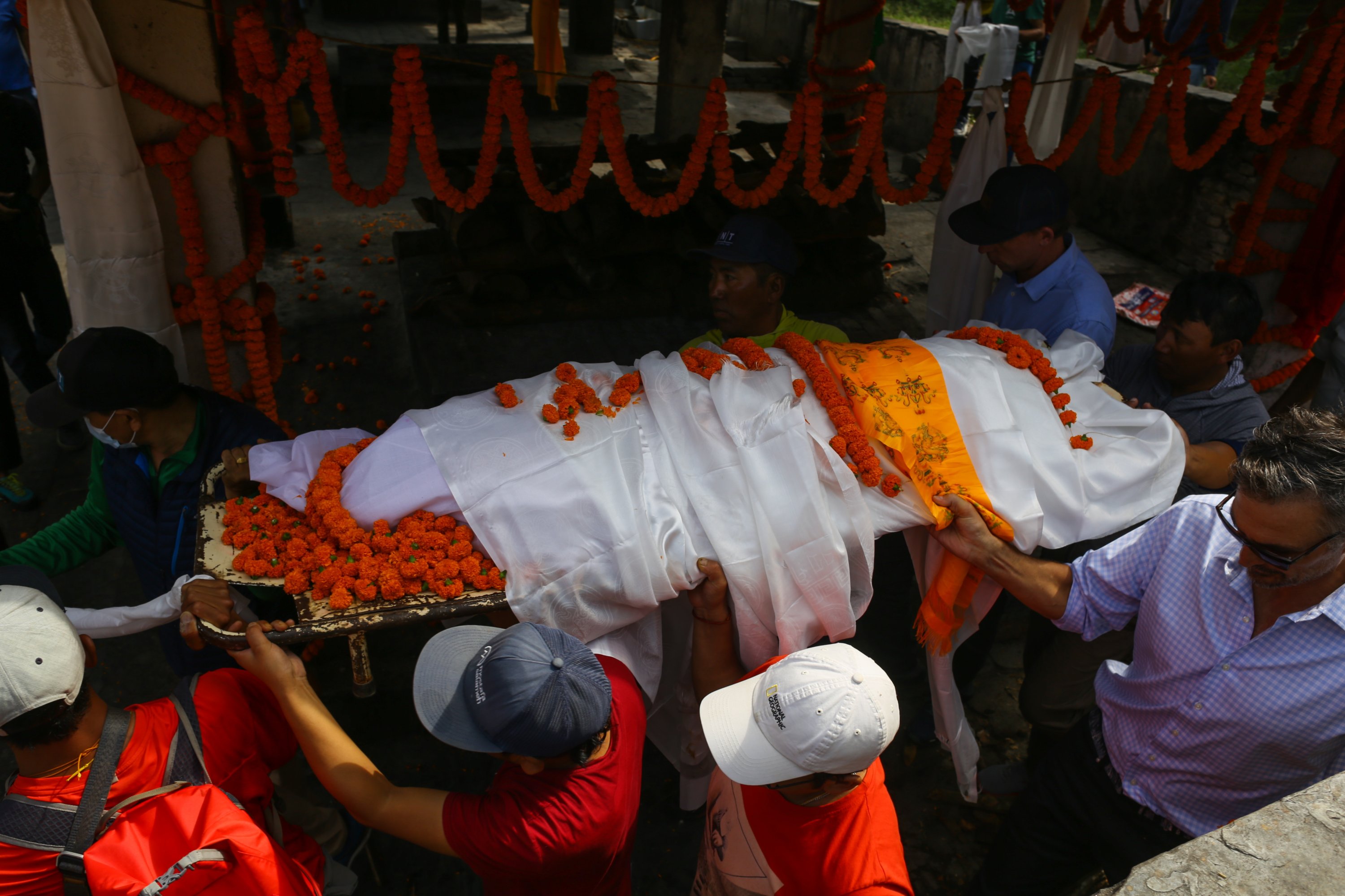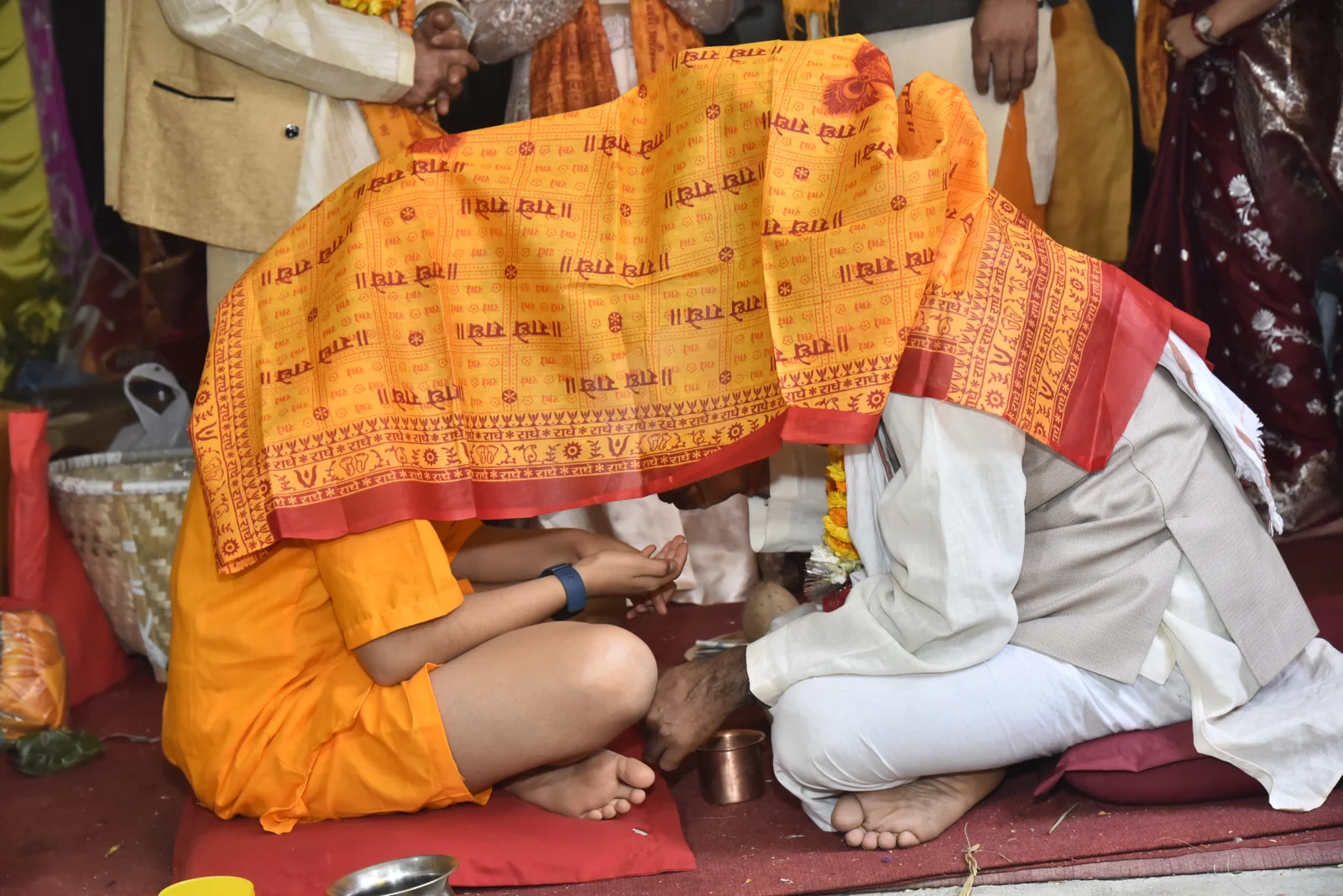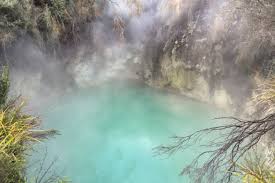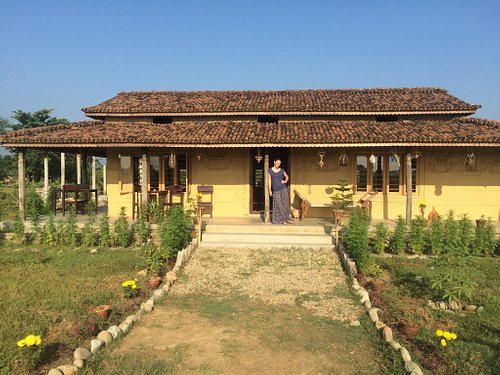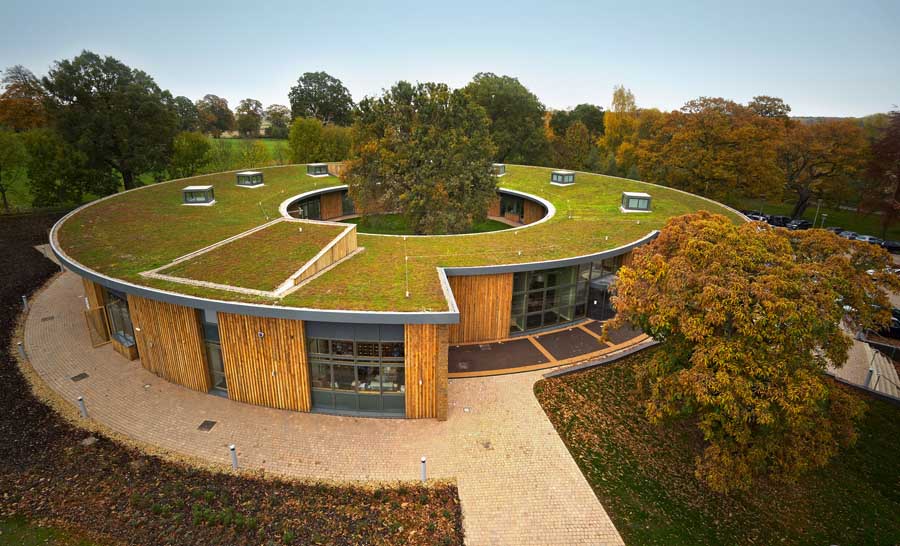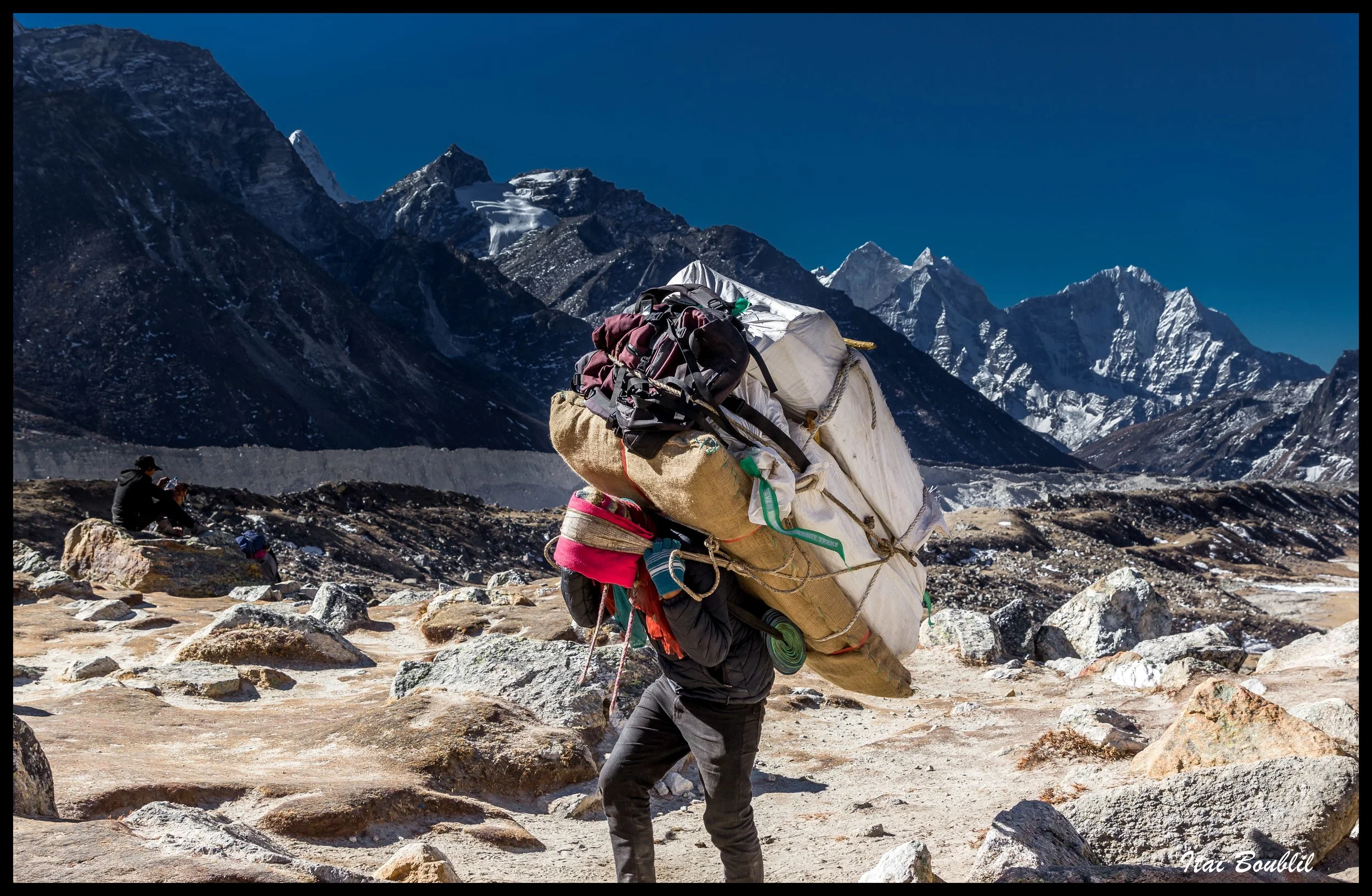Share this Article
Blood, Brass, and Belief: The Fading Bronze Bell Casting Traditions of Patan
Introduction
In the heart of Patan—one of the ancient cities of the Kathmandu Valley—a haunting melody still echoes through the air, not in the form of song, but in the resonant toll of sacred bronze bells. These bells, once crafted in fire-lit courtyards by master artisans, were born from a fusion of bloodline, metallurgy, and religious devotion. Their deep chimes have long been a sonic bridge between the earthly and the divine, summoning gods during pujas and protecting temples from unseen forces. But as the city hurtles toward modernity, the fires of the traditional bell foundries are slowly dying out, and with them, a sacred craft honed over centuries.
This article explores the intricate, fading tradition of bronze bell casting in Patan—its religious symbolism, metallurgical secrets, caste-based guilds, spiritual ceremonies, and the forces that now threaten its survival.
Bells as More Than Sound: A Sacred Philosophy
For the Newars of Patan, bells (ghanta in Sanskrit, tane in Nepal Bhasa) were never just instruments. They were sacred bodies endowed with voices. In Hinduism and Buddhism, bells summon deities, purify ritual space, and repel malevolent spirits. Their shape represents the womb of the universe; their ring is the echo of Om. Hanging beneath temple eaves, from Chaitya shrines to towering pagodas, the bell is simultaneously musical, mystical, and architectural.
Every sacred bell was considered alive. Its birth—via molten brass and precise incantations—was a spiritual act. This belief gave rise to complex rituals, from selecting the metal to the final consecration ceremony. A bell was not merely made; it was invoked.
The Origins: Ancestral Guilds and Malla Era Legacy
The origins of bell casting in Patan go back to the Licchavi and Malla periods, when bronze craftsmanship flourished under royal patronage. Kings like Siddhi Narsingh Malla and Yog Narendra Malla commissioned hundreds of religious artifacts, including towering bells for temples and monasteries.
Bell-making became the domain of specific artisan castes—most notably the Tamang and Kansakar communities, who mastered the alloying of copper, zinc, and tin into the ideal bell metal known as pital or pancha dhatu (a sacred alloy of five metals). These artisans operated within a closed guild system (thars), where skills were passed orally and apprentices trained under strict discipline.
Patan's neighborhoods—such as Oku Bahal, Haugal, and Chyasal—became hotspots of foundry work. Hidden behind wooden courtyards and brick walls were furnaces that burned day and night, casting not only bells but idols, gongs, and ceremonial utensils.
The Ritual of Making: More Than Just Metal
Crafting a bronze bell was as much a spiritual act as a technical one. The process took weeks, sometimes months, and began long before any metal was melted.
1. Astrological Timing and Offerings
- Before casting, the artisan consulted astrologers to select an auspicious date.
- Rituals were held to appease deities and local spirits. Offerings of flowers, rice, and even blood sacrifices (often symbolic or replaced with red vermilion) were made to ensure success.
2. Creating the Mold: The Lost-Wax Technique
- A wax model of the bell was sculpted first, with inscriptions and sacred motifs engraved in reverse.
- Layers of clay were then added to form the outer mold.
- The mold was dried, and the wax melted out, leaving a negative space into which molten metal would later be poured.
3. Melting and Pouring
- Bronze, an alloy of copper and tin (sometimes mixed with silver or gold), was melted in a furnace.
- At its peak temperature—over 1000°C—the metal glowed like the sun.
- The molten alloy was poured into the mold, often while chanting mantras to bless the act.
4. Cooling, Breaking, and Finishing
- After cooling for several days, the mold was broken open.
- The rough bell was filed, polished, and sometimes inlaid with precious stones or gilded.
5. Consecration
- Before installation, the bell underwent a ritual known as pran pratistha, where life and divine spirit were invoked into it.
- Only then could it be rung in a temple.
This sacred process was traditionally performed in secrecy, behind walls where only initiated family members were allowed. It was believed that premature exposure to outsiders could anger the spirits and ruin the casting.
The Language of Bells: Sound and Symbol
Every bell produced in Patan had its own sonic fingerprint. The pitch, tone, and duration of a bell’s ring depended on its shape, metal composition, and thickness.
Artisans knew how to control the harmonics intuitively. A temple bell was expected to ring for at least 20 seconds with a clear, undistorted tone. Some bells were tuned to mimic chants. Others had specific sound frequencies believed to ward off evil.
Inscriptions were another essential part of a bell’s identity. Bells bore the names of donors, dates in Nepal Sambat, praises to gods, and yantra-like mandala engravings. Sometimes, inscriptions referenced celestial bodies or ancient myths—turning each bell into a portable manuscript of belief.
Bloodlines of Fire: The Dying Artisan Families
In the modern neighborhoods of Patan, one can still find remnants of this tradition—but they are fading fast. Artisans like the Shakya, Tamrakar, and Kansakar families, once the backbone of Nepal’s sacred metallurgy, are now few in number.
The New Generation Turns Away
- Many young heirs of these artisan families have chosen careers in tourism, construction, or overseas employment.
- The years of training required to master bell-casting no longer attract the youth, especially when modern livelihoods offer quicker returns.
Vanishing Foundries
- Foundries that once glowed in every galli (lane) now sit cold and abandoned.
- In places like Haugal or Chyasal, only a handful of traditional furnaces still operate—and even they use hybrid techniques now.
Loss of Ritual Knowledge
- The chanting of mantras during casting, the knowledge of sacred proportions, and the intuitive understanding of acoustic harmony are being lost.
- Without full transmission, the craft becomes mechanical, devoid of its spiritual essence.
Modern Threats: Industrial Bells and Imported Metal
Industrialization has reshaped even the most sacred of crafts.
Mass-Produced Bells
- Cheap, mass-produced bells from India and China now flood the Nepali market.
- These are often cast in factories with no spiritual rituals, using inferior metal, and sold at a fraction of the cost.
Urban Pressure
- Foundries are increasingly pushed out of residential zones due to pollution concerns.
- Artisans face rising rent, limited workspace, and restrictive fire safety laws that make traditional casting nearly impossible in the city.
Declining Temple Patronage
- With the waning influence of guthis (religious trusts), fewer temples commission new bells.
- Even during renovations, replicas or steel bells are often used instead of bronze.
Preservation Efforts and Flickers of Hope
Despite the gloom, efforts—both grassroots and institutional—offer some hope for the preservation of Patan’s bronze bell tradition.
Cultural Heritage Projects
- Organizations like the Kathmandu Valley Preservation Trust (KVPT) and the Patan Museum support the documentation and occasional commissioning of traditional bells.
- Restorations of historic temples sometimes require authentic replicas, giving work to local artisans.
Academic Collaborations
- Universities and ethnographic museums have started recording the oral histories of metalworkers.
- Art historians and sound anthropologists are studying the acoustics of traditional bells to digitally preserve their tones.
Boutique Revivalism
- Some boutique hotels and neo-traditional architecture projects commission bells and gongs for aesthetic and cultural appeal.
- A handful of master craftsmen now offer apprenticeships under donor-supported programs.
The Bell as a Living Archive
Every bell is a living archive—not just of sound, but of memory, myth, devotion, and identity. In Patan, these bells are timekeepers that do not merely mark the hour but narrate centuries of culture. When a temple bell rings, it vibrates not just the air but the soul of the city.
To let this tradition fade without resistance would mean losing more than a craft—it would be a silencing of a sacred voice.
Conclusion: Forging the Future
The bells of Patan are more than metal—they are belief cast in bronze. In every swirl of molten alloy, in every echoing chime, there exists a history bound by fire, faith, and familial hands. This tradition, now teetering on the edge of disappearance, must not be allowed to fall silent.
Preservation requires more than admiration. It demands commissioning real work, supporting artisan families, integrating craft education in schools, and giving bell-makers a place in Nepal’s urban and spiritual future.
If the bells fall silent, we lose not just sound—but a sacred rhythm that has held Patan’s soul together for centuries. And if we choose to hear, there is still time to save the chime.
Categories:
Travel & Tourism
,
Culture & Traditions
,
Adventure Activities
,
Nature & Wildlife
,
History & Heritage
,
Lifestyle & Local Life
,
Health & Wellness
,
Education
,
Spirituality & Religion
Tags:
asdasd
,
Thamel
,
nagi gumba
,
sundarijal
,
dashain
,
festival of nepal
,
bada dashain
,
traditional food
,
traditional-drink
,
murchunga
,
nepalese music
,
traditional instruments
,
tradition
,
architecture
,
holi
,
national park
,
chitwan national park
,
unesco heritage sites
,
nepal wildlife
,
biodiversity conservation
,
rudraksha
,
bhojpatra
,
phewa lake
,
religious destination of nepal
,
rara lake
,
gosaikunda trek
,
craft
,
tilicho
,
begnas
,
pokhara
,
dolpa
,
Phoksundo Lake
,
tools
,
tribe
,
ethnicity
,
raute
,
Kirat Culture And Traditions
,
fashion
,
Heritage
,
Local Life
,
Influence To Nepali Culture
,
Conservation Efforts
,
history
,
Ayurveda
,
herbs
,
art
,
Bhakka
,
Traditional attire
,
Traditional Musical Instrument
,
Festivals
,
Events
,
Traditional Transportation
,
sari
,
Infrastructure
,
ethnic wear
,
RuralConnectivity
,
SustainableTravel
,
Nepali Style
,
NepalTourism
,
CulturalIdentity
,
HeritageInFashion
,
nepali migration
,
diaspora
,
nepali halls
,
kollywood
,
cinema
,
films
,
equal
,
equality
,
Gender roles
,
Self Roles
,
heritage homestay
,
historic stay
,
Nepal Travel
,
SpiritualProtection
,
AncientWisdom
,
DivineEnergy
,
HinduSpirituality
,
NepaliCraftsmanship
,
LocalArtistry
,
NepaliWeaponry
,
AncientArt
,
leather
,
TraditionalCraftsmanship
,
SustainableLeather
,
EthicalLeather
,
TharuPeople
,
TraditionalHunting
,
IndigenousTechniques
,
SustainableHunting
,
HuntingTools
,
NepalArtScene
,
CreativeNepal
,
ContemporaryNepaliArt
,
HinduTradition
,
Bharta
,
Brinjal
,
food
,
Chakku
,
sweet
,
nepalsweet
,
jamara
,
Barley Grass
,
Pakku
,
GoatMeat
,
Meat
,
Newari Food
,
Lakhamari
,
Rildok
,
Sherpa Food
,
sel roti
,
fried rice bread
,
cheese


